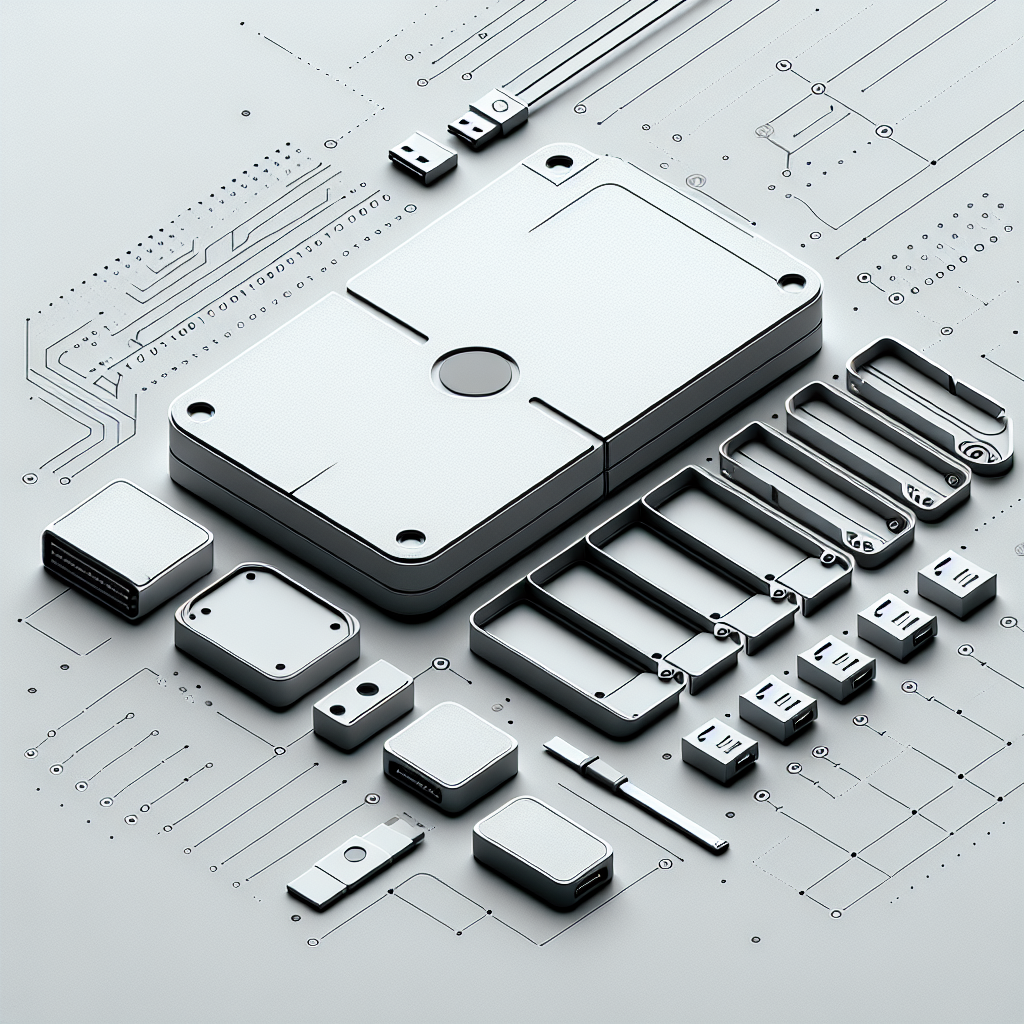In today’s fast-paced technological landscape, having adaptable and scalable storage solutions is paramount. External drives with modular, swappable interfaces are designed to address this need, ensuring that users can keep pace with evolving technology without constantly purchasing new hardware. But why exactly are these drives designed this way? Let’s delve into the key reasons.
Enhanced Compatibility
One of the primary reasons for the modular, swappable interfaces in external drives is to enhance compatibility across different devices and systems. Tech manufacturers consistently release updated interfaces, and having a modular design allows users to swap out components to match the latest standards.
Consider the various interfaces available:
| Interface Type | Data Transfer Rate | Common Usage |
|---|---|---|
| USB 2.0 | 480 Mbps | Basic file transfers |
| USB 3.0 | 5 Gbps | Fast file transfers, high-speed peripherals |
| USB-C | 10-40 Gbps | Modern devices, versatile use |
| Thunderbolt | 20-40 Gbps | High-performance computing, data-intensive applications |
With modular interfaces, a user can easily swap out an older USB 2.0 module for a faster USB 3.0 or USB-C module, thus enabling better performance and extending the drive’s usability across different devices.
Future-Proofing
Technological advancements happen at a breakneck speed. A drive designed with a fixed interface may become obsolete as new standards emerge. Modular interfaces ensure that the hardware remains relevant and usable, as users can replace or upgrade components to keep up with new technology trends.
Reduction in Electronic Waste
Future-proofing not only serves the individual user with better efficiency but also contributes to environmental sustainability. Instead of discarding an entire unit when a new interface standard is released, users can simply upgrade the interface module, thereby reducing electronic waste.
Cost-Effectiveness
Upgrading to the latest technology is often an expensive endeavor. A modular approach mitigates this cost by allowing for incremental upgrades. Users can spend a fraction of the cost to update only the necessary components, rather than buying an entirely new drive.
Economic Analysis of Incremental Upgrades
Let’s compare the costs associated with full replacements versus modular upgrades:
| Upgrade Method | Typical Cost | Frequency of Upgrade |
|---|---|---|
| Full Drive Replacement | $100-$300 | Every 2-3 years |
| Modular Interface Swap | $20-$50 | As needed |
From an economic standpoint, the modular approach is clearly more cost-effective, promoting longer-term savings for consumers.
Ease of Use
Modular, swappable interfaces are designed with user experience in mind. They often require minimal technical knowledge to replace or upgrade. This is beneficial for users who may not be tech-savvy but wish to keep their storage solutions current.
DIY (Do It Yourself) Friendly
- Tool-less designs make swapping interfaces easy and quick.
- Clear labeling and guidelines assist in the upgrade process.
- Compatibility charts help users make informed decisions.
By making the upgrade process straightforward, manufacturers enhance user satisfaction and loyalty.
Scalability
Modular interfaces provide flexibility that is especially beneficial for businesses. With growing data needs, businesses can easily scale their storage solutions by upgrading interfaces or adding new modules. This ensures that their systems remain efficient and capable of handling increased workloads without requiring major overhauls.
Application in Enterprise Solutions
- Data Centers: Quickly upgrade storage modules to accommodate increased data flow.
- Offices: Maintain compatibility across varying device interfaces with minimal disruption.
- Remote Work: Ensure consistency in performance whether working from home or the office.
Accessibility
By catering to a broad range of users and ensuring compatibility with varying devices, modular, swappable interfaces also enhance accessibility. This is crucial for both individual users and organizations, allowing them to interact seamlessly with multiple platforms and technologies.
For example:
- Photographers can quickly switch from USB to Thunderbolt for faster data transfer speeds.
- Businesses can align their storage capabilities with employee needs, ensuring no lagging technology hinders productivity.
Overall, the flexibility and customization options provided by modular, swappable interfaces cater to a diverse user base, making storage solutions not only accessible but also personalized.
Conclusion
In summary, modular and swappable interfaces in external drives offer a plethora of advantages, including enhanced compatibility, future-proofing, cost-effectiveness, ease of use, scalability, and accessibility. These features ensure that users—whether individuals or businesses—can keep up with technological advancements without the need for constant, costly replacements. The modular approach aligns with sustainable practices, reducing electronic waste and promoting long-term economic benefits.

